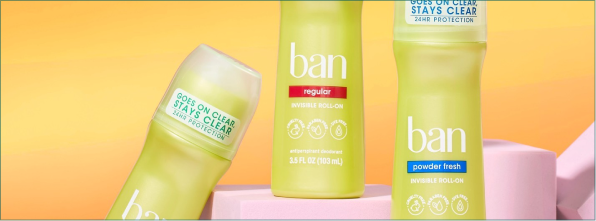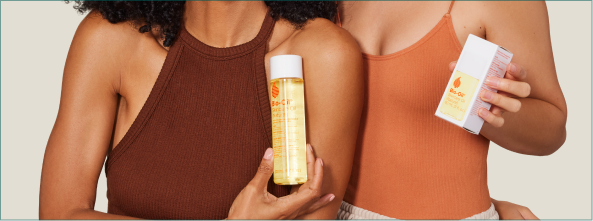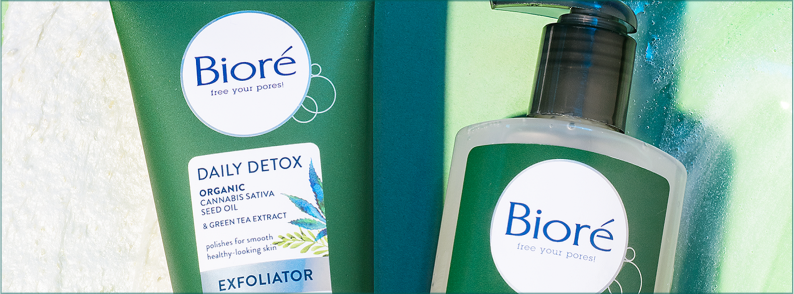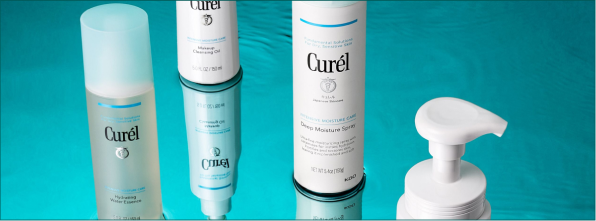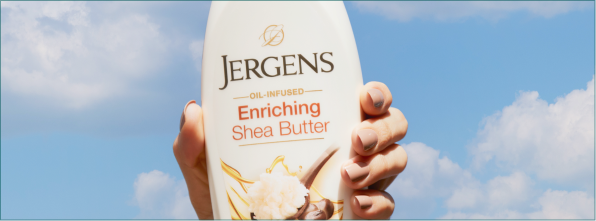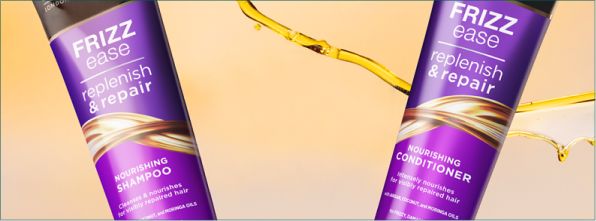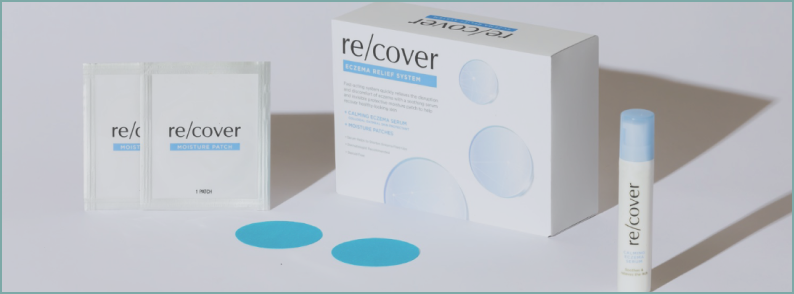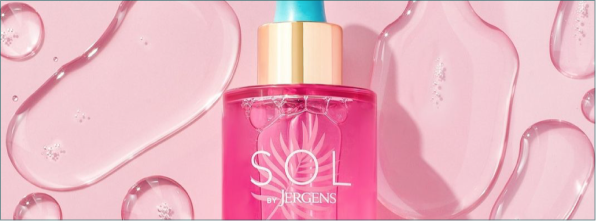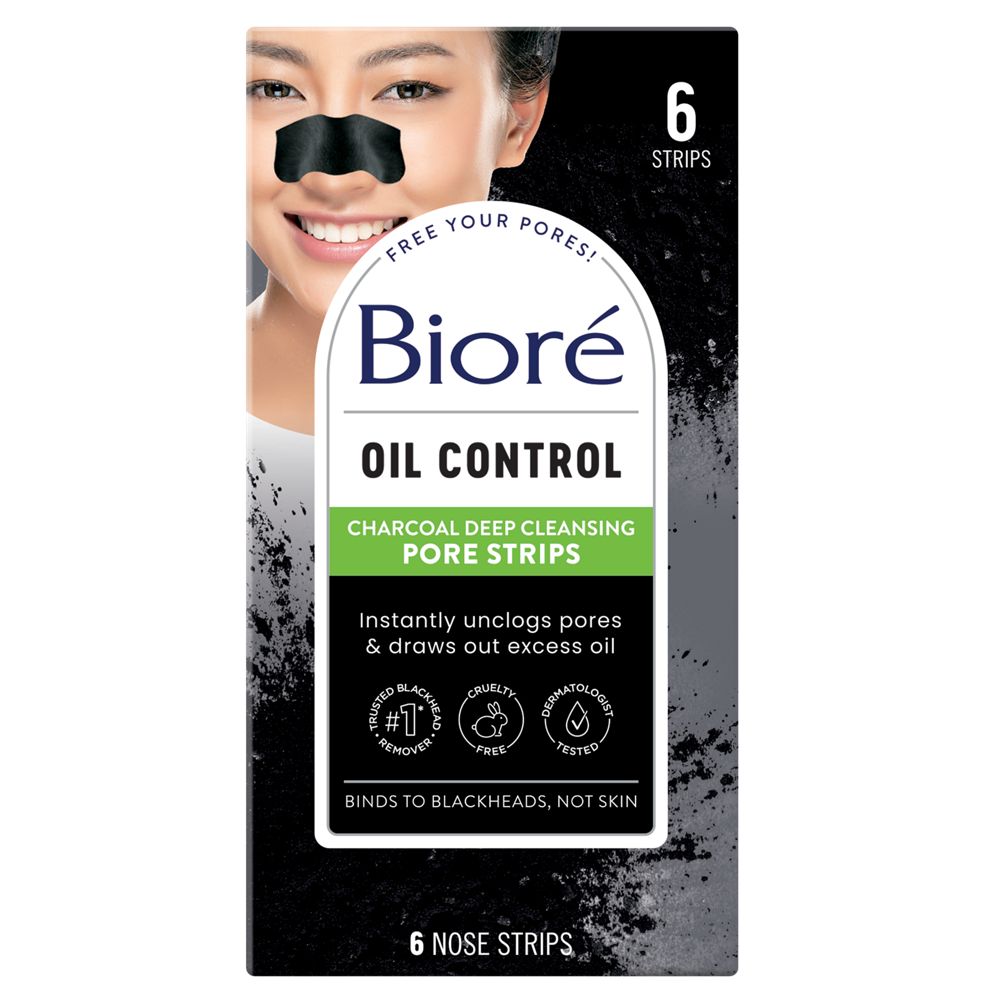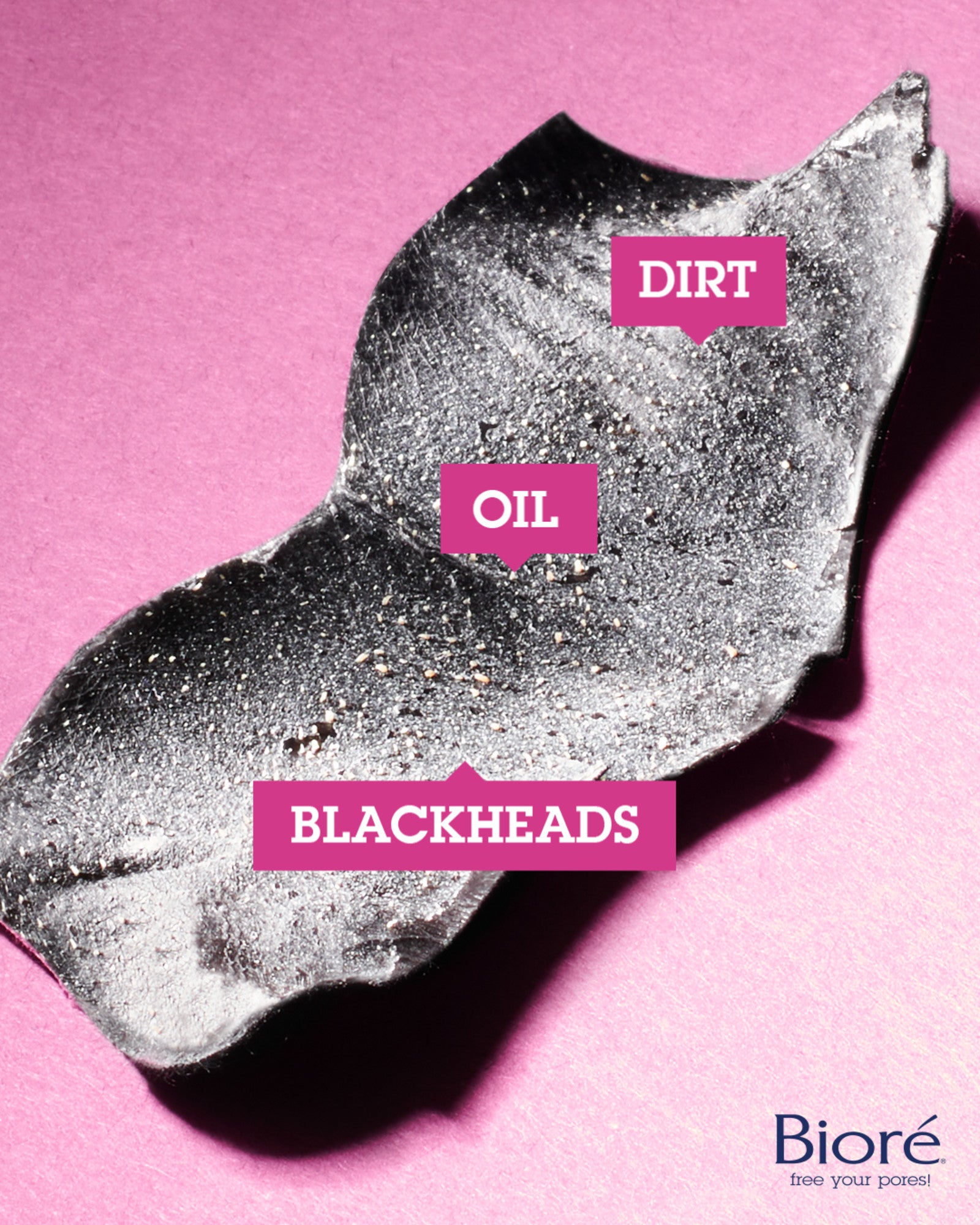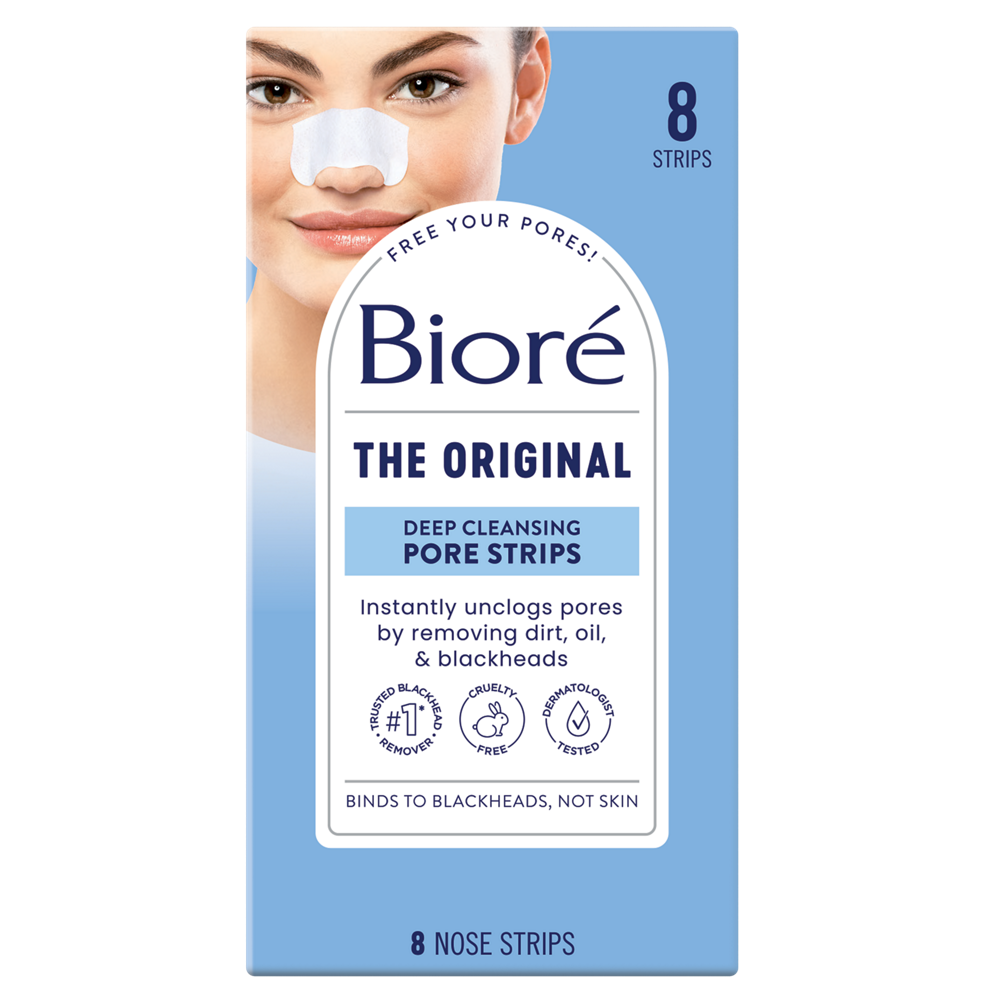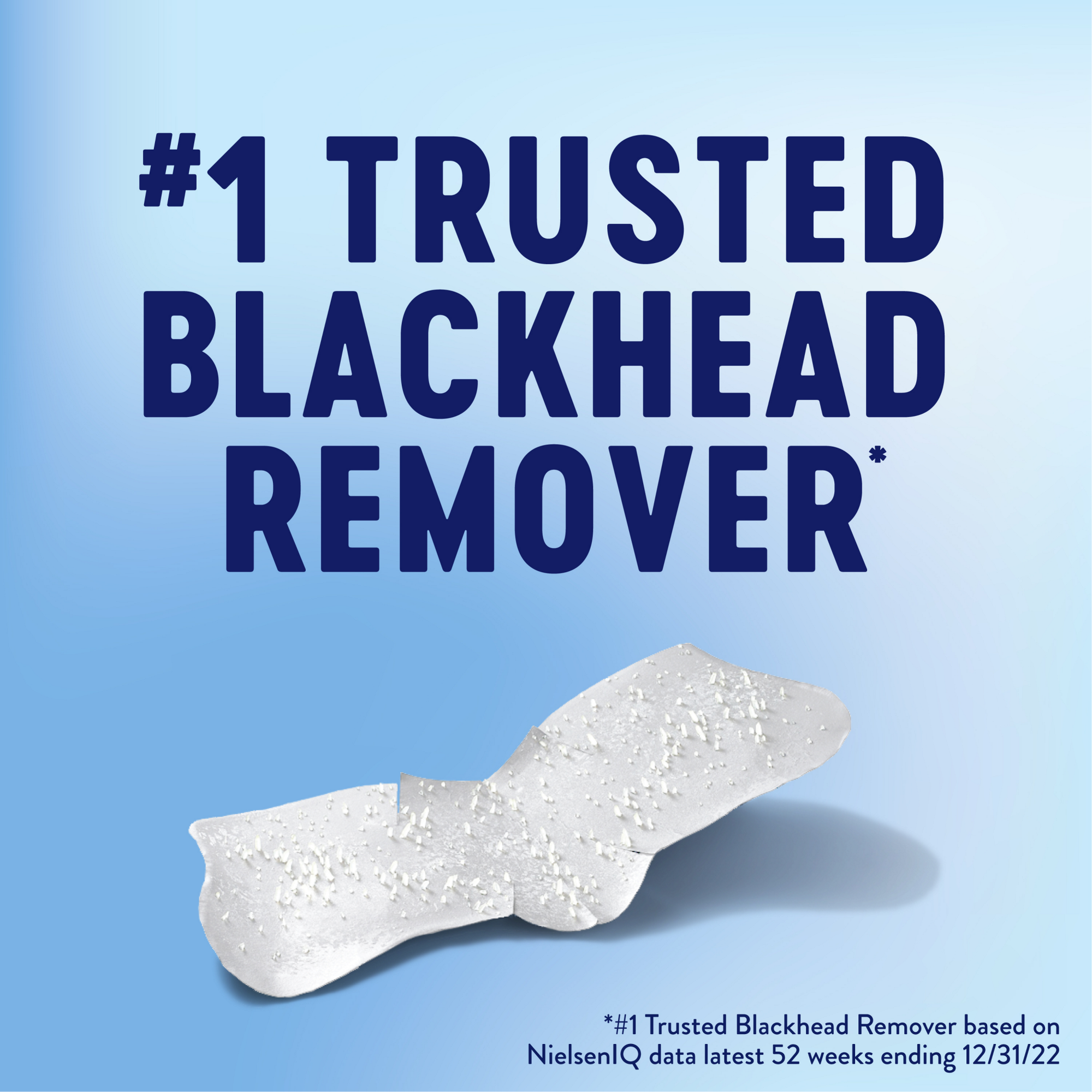Blackheads 101: A Guide to Causes, Removal, and Prevention

If you suffer from blackheads, you know they are unsightly and embarrassing. You may have tried to get rid of them with scrubbing and over-the-counter treatments with little to no success.
Well, welcome to Blackheads 101! You will learn exactly what these pesky lesions are, what causes them, and how to get rid of them.
What Are Blackheads?
The medical term for blackheads is "comedones." The original definition in Latin is “to eat up” or “to consume,” and for centuries, the word was applied to parasites. But don’t worry! That isn’t what’s going on — there aren’t any creepy-crawlies lurking under your skin! Blackheads are nothing more than a symptom of acne, although they can appear without it.
It also doesn’t mean you haven’t been washing properly, in fact, scrubbing can make blackheads worse. They aren’t life-threatening but they can cause discomfort, both socially and physically, if left untreated. A blackhead is really nothing more than a clogged hair follicle or pore.
The good news is that in most cases, blackheads are easily treated.
Shop Deep Cleansing Pore Strips
What Causes Blackheads?
As noted above, blackheads are not caused by dirt or inadequate hygiene. The real culprits are the oil-producing sebaceous glands under the skin.

These glands (known as exocrine glands) secrete an oily substance called “sebum,” which provides lubrication for hair and skin. It’s a good thing because without adequate sebum, skin can get dry and scaly, and hair can turn dull and lifeless.
Sebum production ratchets up considerably once a person hits the age of 12 or so (which is why teenagers tend to get acne). Other risk factors include:
- premenstrual syndrome (PMS)
- ovarian cysts
- tobacco use
- testosterone treatments
- steroid use
- genetics
- use of certain cosmetics or skincare products (some of these can block pores)
Regardless of the cause, whenever too much sebum is produced, it can get mixed with the same old skin cells that make up your hair and nails (keratin), choking off the follicle. When these clogs poke through the surface of the skin and come in contact with oxygen in the atmosphere, they turn black, giving blackheads their name. Blackheads can also be confused for sebaceous filaments because they look similar, so knowing the difference between the two is essential in removing blackheads.
Blackheads vs. Sebaceous Filaments
While blackheads and sebaceous filaments are both symptoms of clogged pores, they differ in a number of ways.
Sebaceous filaments actually help nourish skin by bringing oils to the surface. Usually, they aren’t noticeable unless there is an excess amount of sebum. Unlike blackheads, they do not completely block the pores. When sebaceous filaments become visible on the skin surface, they can look like blackheads. However, they are usually lighter in color. Using proper cleaning products and methods when washing can prevent the appearance of sebaceous filaments.
Whiteheads vs. Blackheads
In some cases, the follicle can get clogged beneath the skin. These are known as whiteheads, or "milia," and show up as small, white bumps, or pimples. Though whiteheads and blackheads are the result of clogged pores, they have their differences. Whiteheads have a lighter appearance than blackheads. They are also closed comedones while blackheads are open comedones.

Whiteheads are a common symptom of acne, which can affect adults as well as teenagers. It can also indicate a minor infection as the skin attempts to rid itself of unwanted bacteria (this is why pus emerges when a person pops a pimple).
Whiteheads can be so tiny that they’re unnoticeable — or they can grow to the size of a blister. Often, the first impulse is to pop open a whitehead. It isn't advisable, however; popping open a pimple actually causes skin injury while interfering with the immune system's attempt to deal with the infection. It can even make a bad thing worse, leaving scars and causing pimples to multiply.
Dermatologists recommend icing pimples, along with the application of an appropriate acne ointment or other topical medication.
Blackheads on Your Face
It seems like blackheads pop up around the nose and forehead more than they do in less noticeable places. The reason is that sebaceous glands are concentrated in those areas. The best cure is prevention: use salicylic acid-containing cleansers and make exfoliation part of your normal routine. This will allow your sebaceous filaments to do their job more effectively and help stop blackheads in their tracks.

How to Get Rid of Blackheads
There are a number of ways to treat and manage blackheads, some of which you can do on your own or with the help of a doctor:
- Avoid cleansers with oil or alcohol: One thing you do not want to do is use commercial cleansers containing oil or alcohol! These can irritate oily skin, exacerbating the problem. A better choice is a product containing salicylic acid. This is a type of plant-based hormone derived from willow bark. It has anti-inflammatory properties and helps the skin to get rid of dead cells more effectively.
- Witch hazel products: Another good way to deal with blackheads is to use products containing witch hazel, a time-honored folk remedy that is also good for other skin conditions, such as eczema, psoriasis, and even hemorrhoids.
- Retinoid products: Retinoid is a form of Vitamin A. Retinoid-based skincare products not only help to unclog pores but can also promote healthy skin by stimulating the production of new dermal cells. There are a few retinoid creams available over the counter, though most require a prescription. They can also make you more susceptible to sun damage, so they are best used when staying indoors.
- A skin brush: While these are effective at removing dead skin cells and keeping your skin youthful they can cause problems if used incorrectly. A dermatologist can advise you on the type of skin brush to get and how to use it to its best advantage.
- Chemical peel: This procedure is performed in your doctor’s office. By taking off the top layer of skin, a chemical peel can clear your pores and promote the growth of new skin. The downside is that acids can cause irritation and redness and may even result in scarring and infection.
- Extraction: When all else fails, a doctor can simply remove blackheads using a professional extractor instrument. There are also blackhead removal kits available in drug stores as well as widely available online instructions. However, it’s best to have it done by a qualified healthcare provider because scarring can result if extraction isn’t done properly.
